8×42 vs 10×42 Binoculars (What Should You Choose?)
Last Updated on

When shopping for a quality set of binoculars, you’re likely to notice that two sizes are commonly used: 8×42 and 10×42. Though they might seem closely related, the differences that set them apart might make one preferable to the other in certain situations.
So, which size should you be searching for? 8×42 or 10×42? To help you decide, we’re going to discuss the differences between these two binoculars, breaking down the pros and cons of each. By the end of this article, you should know exactly which size will be the best fit for your purposes.

Terminology
Before we start dissecting the differences between these two binocular sizes, it’s important that you understand the terminology used to describe them. As you can see, binocular sizes include two numbers.
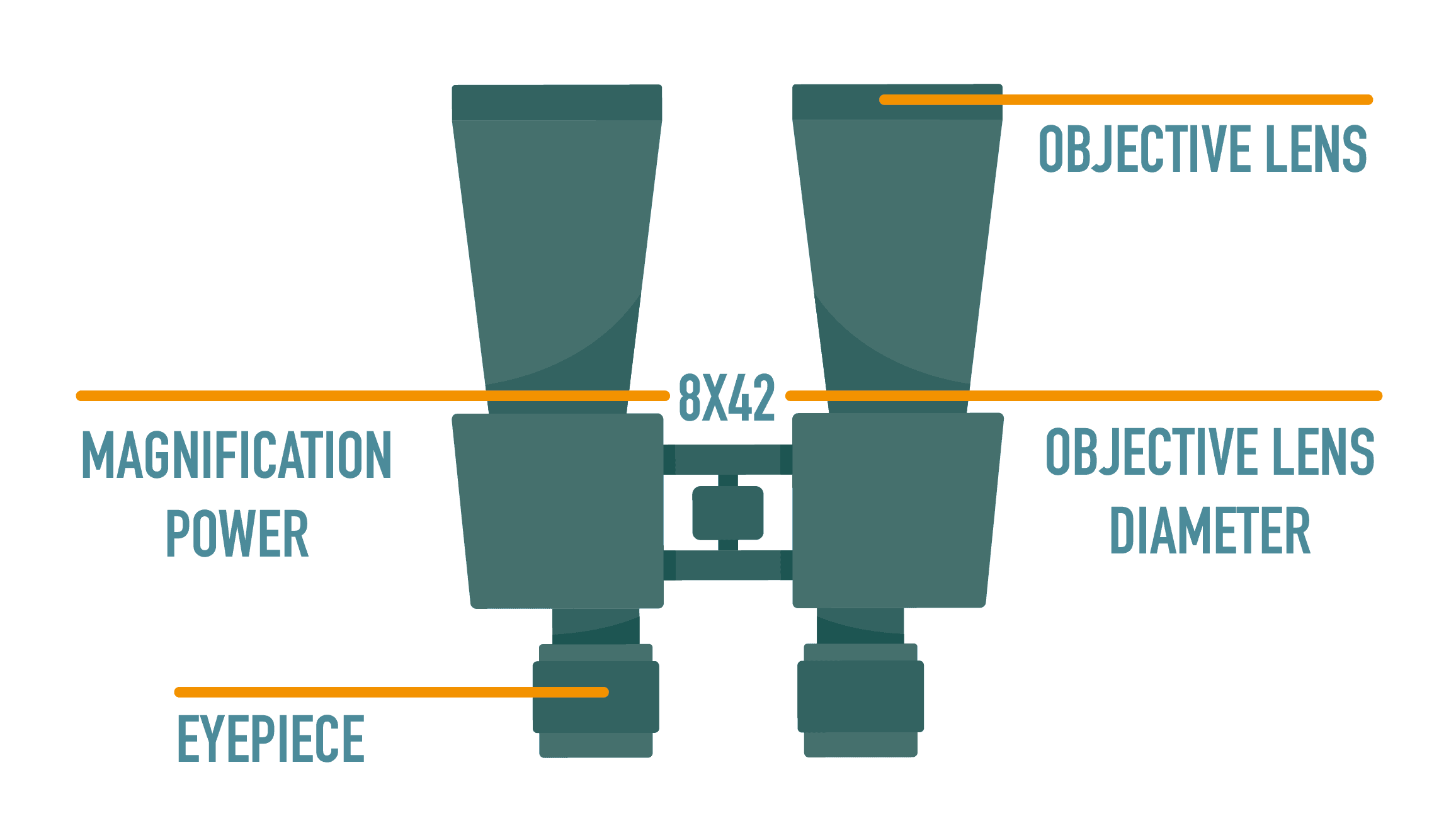
The first number, which is followed by an X, represents the magnification of the lens (e.g. 8X= 8 times magnification). The second number is the size of the objective lens in millimeters (8X42mm). Let’s take a closer look at each.
Magnification
Magnification is a measure of how many times closer an object appears when viewed through a particular lens.
For instance, an 8X magnification means that the objects you’re viewing appear eight times closer through the lens than with the naked eye. Likewise, 10X means that the objects you’re viewing will appear 10 times closer than if you removed the lens.
Naturally, a higher level of magnification makes it possible to see greater detail in distant objects.
Lens Size
The second set of numbers in binocular sizes is a measurement of the objective lens. In the case of 8X42 and 10X42 binoculars, both will have a lens that is 42mm in diameter.
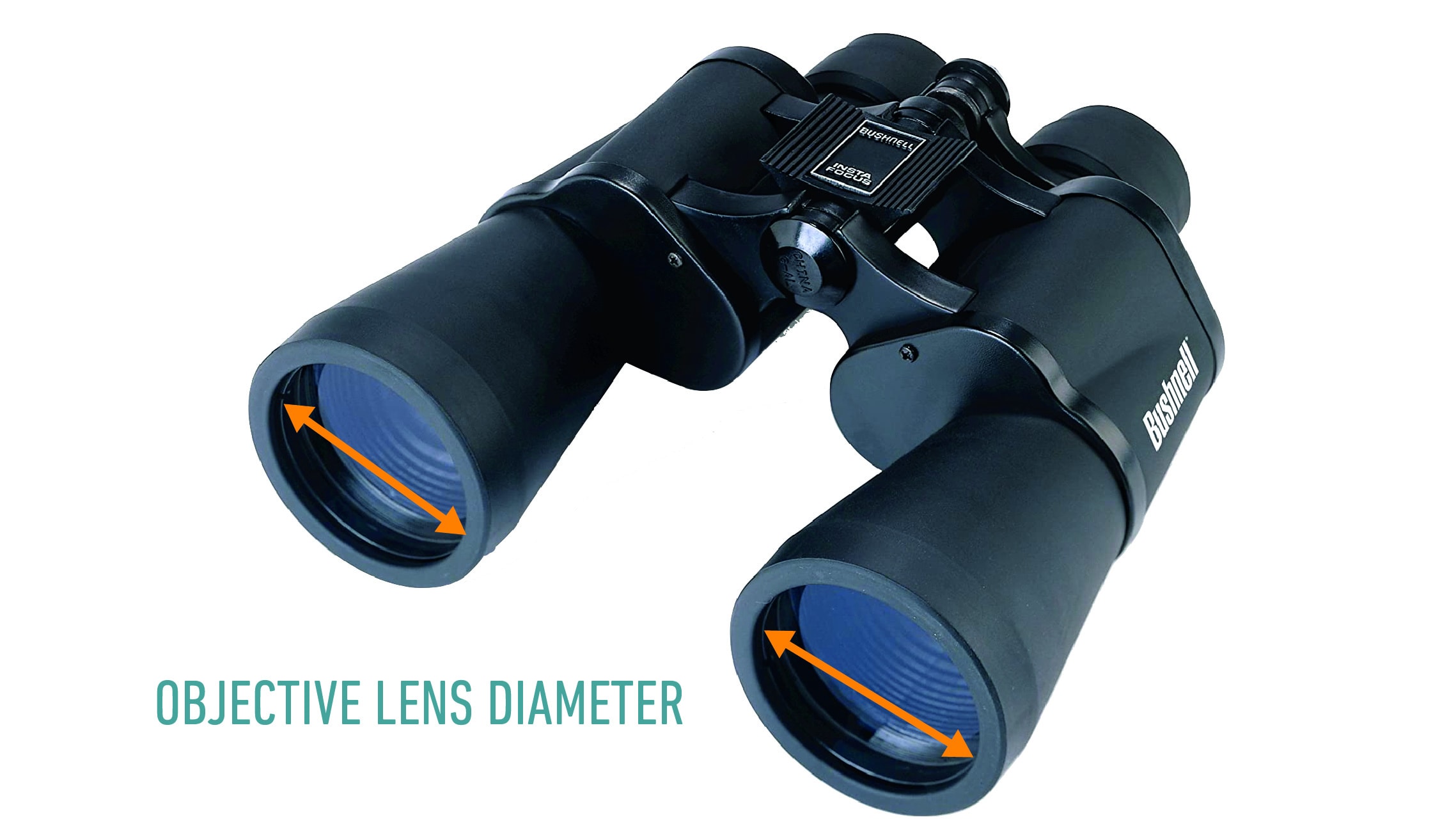
Larger lenses will let in more light, allowing for clearer viewing and a brighter image. However, they also make for larger binoculars that are bulkier and less compact. On the other hand, smaller lenses result in a lower-quality viewing experience, but they’re much easier to manage and transport.

8X42 Overview
Since 10X42 binoculars are more powerful, they’re always the better choice, right? Well, not so fast. As it turns out, 8X42 binoculars have quite a few positive traits to explore before we jump right into the “bigger is better” concept. Let’s take a look at the benefits and drawbacks that accompany 8X42 binoculars.
Magnification
Obviously 8X magnification is less than 10X. This means that objects won’t appear quite as close to you with an 8X lens as they would through a 10X lens. When viewing very far off objects, the lower magnification might make it more difficult to see the detail in your subject.
On the other hand, when you’re very zoomed in, every tiny movement or shake of your hands will also be magnified. This can make it quite difficult to stay locked on a target to observe the finer level of detail that the extra magnification gets you.
Field of View
Though you might see more close-up detail with stronger magnification, the flip-side is that you’ll get less of the big picture.
The field of view is how wide of an area you can see through the lens. Most of the time, lower magnification binoculars will have a larger field of view. This can make it much easier to actually find your target!

When you’re looking through a set of highly magnified binoculars, you’ll see less area in total, which can make it difficult to find a single bird among the trees or any other small target in a large area.
Eye Relief
Do you wear glasses? Will you be wearing sunglasses out in the field? If either of these apply, you might prefer an 8X42 set of binoculars.
Eye relief is the distance from the eyepiece where your eye will achieve a full field of view and clear image. In general, 10X binoculars tend to have shorter eye relief than their 8X counterparts.
Eye relief isn’t going to be a major concern to anyone without glasses. But if you do wear glasses, you’ll want to pay special attention to this. For glasses, you’ll need at least 16mm of eye relief, though larger will be even better.
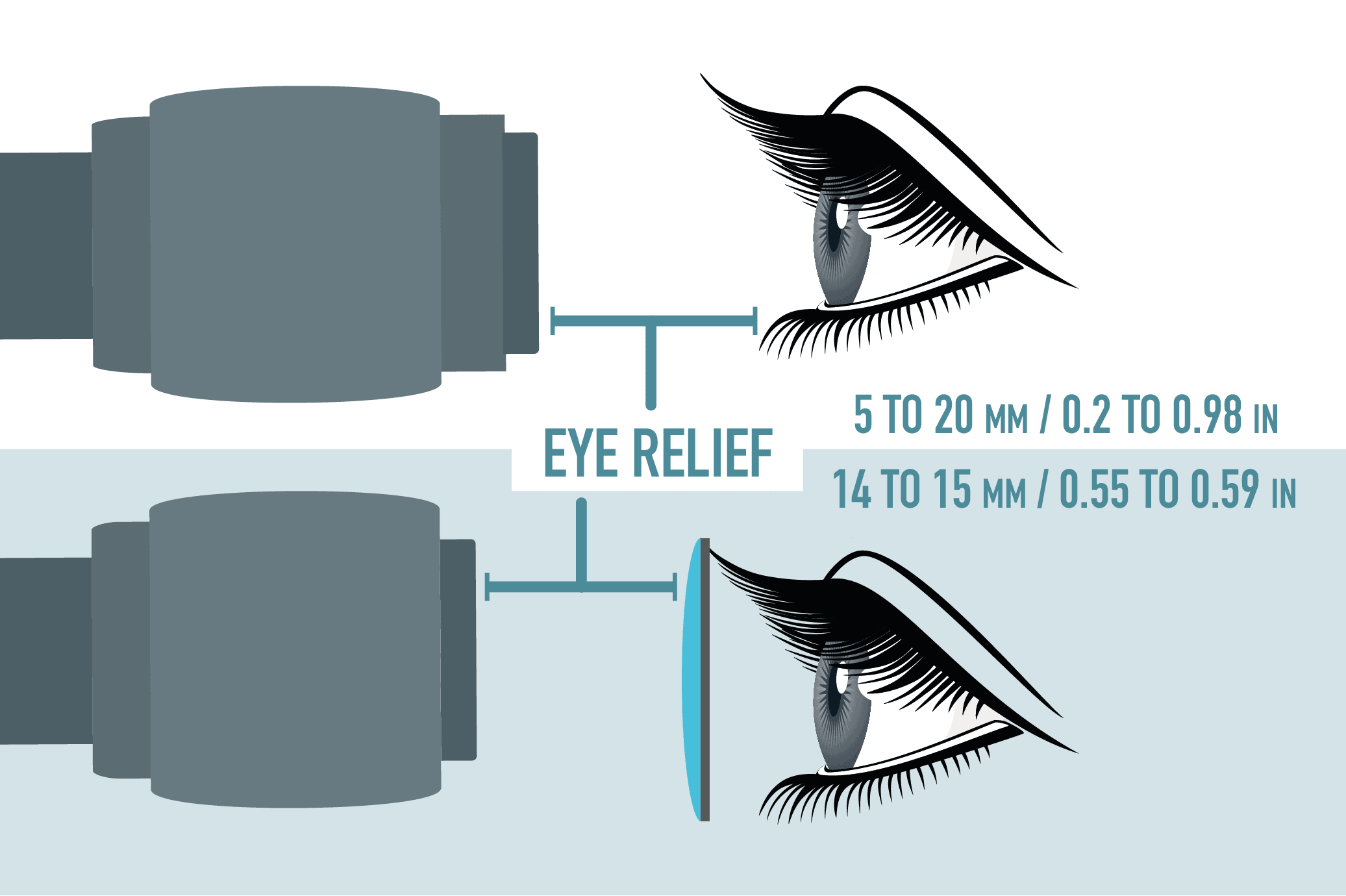
Twilight Conditions & the Exit Pupil
If you hold your binoculars about a foot in front of your face and look through the eyepieces, you’ll see a small bright circle in the center of each. This is called the exit pupil, and its size in relation to the size of your pupil can make a drastic difference in the brightness of the image you see.
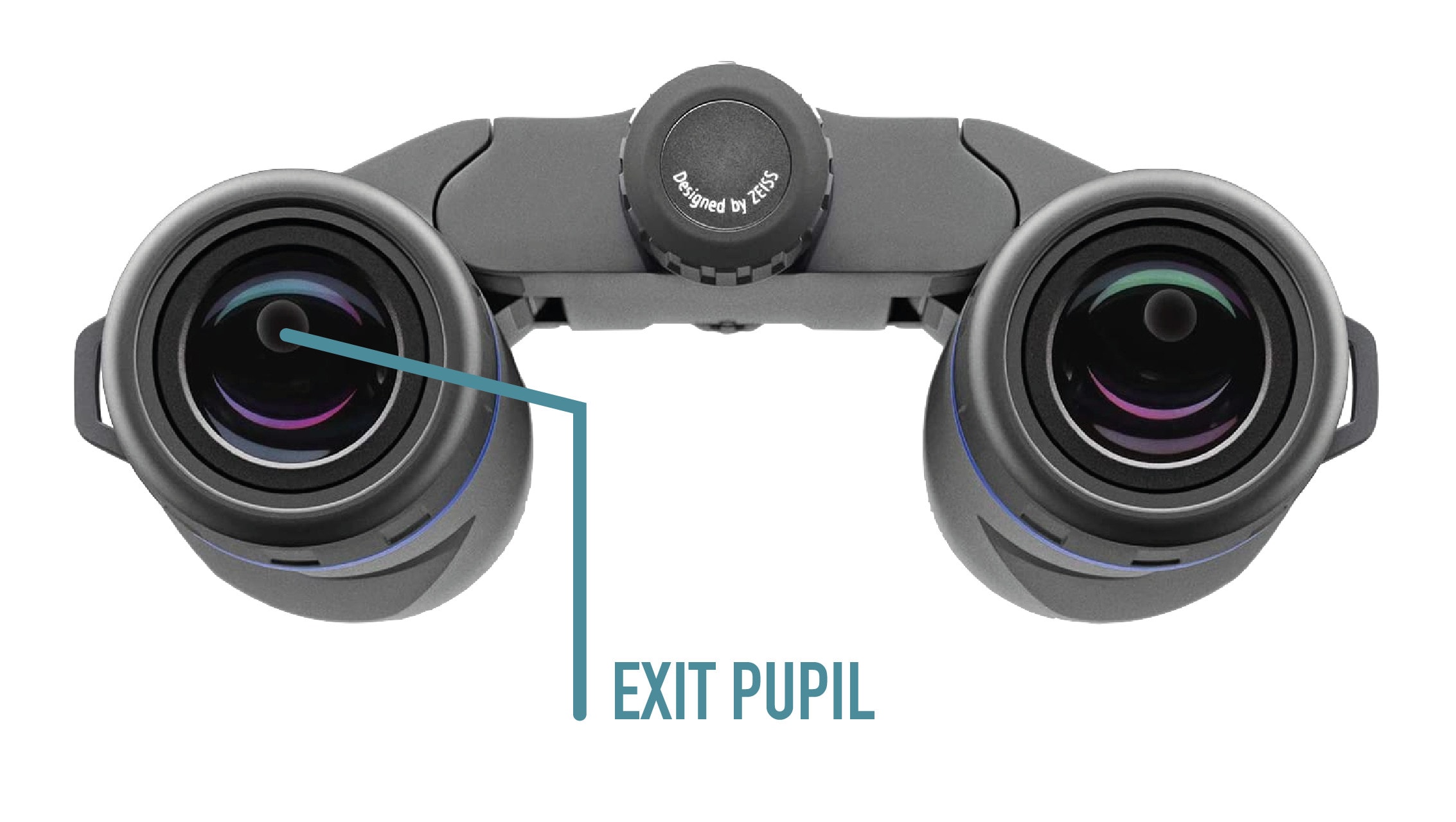
How to Determine the Exit Pupil
If you divide the diameter of the objective lens by its magnification, you’ll get the exit pupil size. For 8X42 binoculars, this looks like:
42mm / 8 = 5.3mm
So, for a set of 8X42 binoculars, the exit pupil is 5.3mm. With 10X42 binoculars, the exit pupil is 4.2mm.
In low-light conditions, your pupils dilate to approximately 7mm. Both sets of binoculars have an exit pupil that is smaller than this, so the image will appear dark. However, the 8X42 binoculars have a larger exit pupil, so the image will appear brighter in low light than the same image from a set of 10X42 binoculars.
Price
One final factor to consider is the price. Commonly, you’ll find that higher magnification binoculars tend to be more expensive than their lower magnification brethren. This isn’t true 100% of the time, but it’s true enough of the time to take it as a general rule.
If you’re shopping for the lowest-priced pair of high-quality binoculars, you’ll likely find them in the 8X42 size. Between binoculars of the same quality, the 10X42 will likely cost more. Therefore, you can often purchase a higher-quality set of 8X42 binoculars for a similar price as a lower-quality set of 10X42 binoculars.
Pros & Cons of 8X42 Binoculars
- Wider field of view
- Easier to find your target
- Larger eye relief for those who wear glasses
- The image will be steadier
- Better low-light performance
- Lower price
- Might not see as much detail
- Can’t see objects that are as far off

10X42 Overview
Now that we’ve discussed the 8X42 binoculars, it’s time to tackle the more magnified 10X42 binos. As we’ve seen, the 8X42 binoculars have some worthwhile features and even a few advantages, but that doesn’t mean we should write off the 10X42 binoculars. Let’s see what they can offer us in terms of performance and magnification.
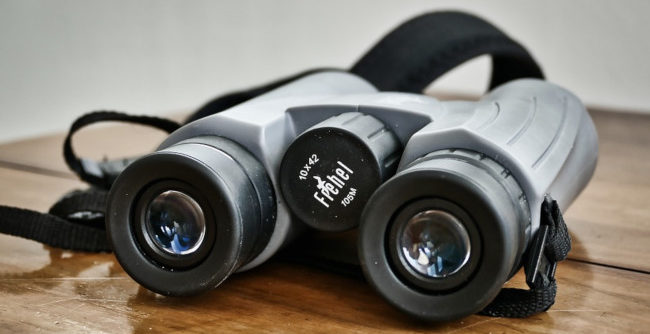
Magnification
Most of us can probably deduce that 10X is more powerful than 8X when it comes to magnification. A 10X set of binoculars will let you see your subject as if it’s 10 times closer than it is. This can be a major advantage when you’re viewing far-off subjects or even closer subjects that are very small.
Want to see all the detail in a bird’s feathers? The higher-powered magnification of the 10X binoculars might be the way to go. But keep in mind, that closer viewing means that every movement of your hands will have more of an effect on the image, making it more difficult to keep steady for viewing.
Field of View
The 10X42 binoculars usually have a smaller field of view. This means that when you look through them, you’re seeing less total area, though you’re seeing a more close-up and detailed shot of the area you’re looking at.
This can be great when you’re viewing only a single subject and don’t want to be distracted by everything else going on around your subject. However, it can also make it harder to find your subject in the first place since you are seeing less total area when viewing through the lens.
Eye Relief
For most people, eye relief is not going to be an important factor to consider when deciding between binoculars. But for people who wear glasses, it’s a crucial factor.
Often, 10X42 binoculars have shorter eye reliefs than 8X42 binoculars. This isn’t always true, but it usually is. If you wear glasses, you’ll need to pay attention to the eye relief and make sure that any 10X42 binoculars you choose have 16mm of eye relief as a bare minimum.
If you’re wearing glasses, it’s usually a safer bet to choose 8X42 binoculars since they will normally have more room for eye relief. But if you pay attention, you can find 10X42 binoculars that will fit you as well.
Twilight Conditions & the Exit Pupil
Because the exit pupil on a 10X42 set of binoculars is only 4.2mm compared to 5.3mm on an 8X42 set, they don’t allow in as much light.
If lighting is sufficient, this won’t make much difference since both of these are larger than two or three millimeters of your non-dilated pupil. But when it starts to get darker, the larger exit pupil of the 8X42 binoculars will allow for clearer viewing with less light.
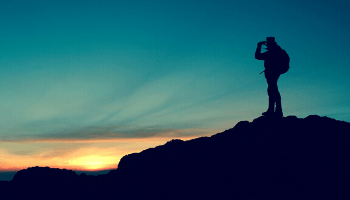
Price
There are many factors that go into choosing a set of binoculars, including the price. In a perfect world, you could pick a set of binoculars based solely on their performance. But in reality, the best binoculars also carry the highest price tags.
Comparatively, you’ll often find higher-quality 8X42 binoculars for the same price as lower-quality 10X42 binoculars. More magnification seems to cost more money.
That doesn’t mean you can’t find a quality set of 10X42 binoculars at a reasonable price; you can. But compared to a similar set of 8X42 binoculars, you’re probably going to save some money going with the lower magnification.
Pros & Cons of 10X42 Binoculars
- Can see more detail on objects
- Can view objects that are farther away
- More difficult to locate a small subject
- Usually has shorter eye relief
- Smaller exit pupil is worse in low-light conditions

Conclusion
When it comes down to it, there is no perfect set of binoculars. Each person will have their own preferences. Beyond that, certain traits can make a particular set of binoculars better-suited for a specific purpose.
8X42 binoculars tend to be easier to hold steady with better low-light performance. They also have a larger field of view, which makes it easier to locate your subject through the lens. Plus, you can usually find them for a better price than their higher-magnification siblings. If you need a good, general purpose pair of binoculars, then you can’t go wrong with an 8×42, which excels in most categories.
But 10X42 binoculars have their place as well. The higher magnification means you can see more detail in your subject and even view subjects that are farther away. This can be a major advantage for hunters, birders, and anyone else who needs the extra detail that higher magnification can provide.
Header and featured image credit: Airman Ricardo J. Reyes, Wikimedia
Table of Contents
About the Author Robert Sparks
Robert’s obsession with all things optical started early in life, when his optician father would bring home prototypes for Robert to play with. Nowadays, Robert is dedicated to helping others find the right optics for their needs. His hobbies include astronomy, astrophysics, and model building. Originally from Newark, NJ, he resides in Santa Fe, New Mexico, where the nighttime skies are filled with glittering stars.
Related Articles:
Can You Use Binoculars to Look At Stars? How to Choose the Right Pair
Holy Stone Drone Review of 2024 – Pros, Cons, and Verdict
Ultraviolet Light vs Black Light: What’s the Difference?
Light Waves vs. Sound Waves: The Key Differences
Infrared vs. Thermal Cameras: How Are They Different?
Far Infrared vs Near Infrared: What’s The Difference?
Mottled Duck vs. Mallard vs. Black Duck: What’s the Difference?
Shutter Speed vs Frame Rate: Pros, Cons, & Difference
